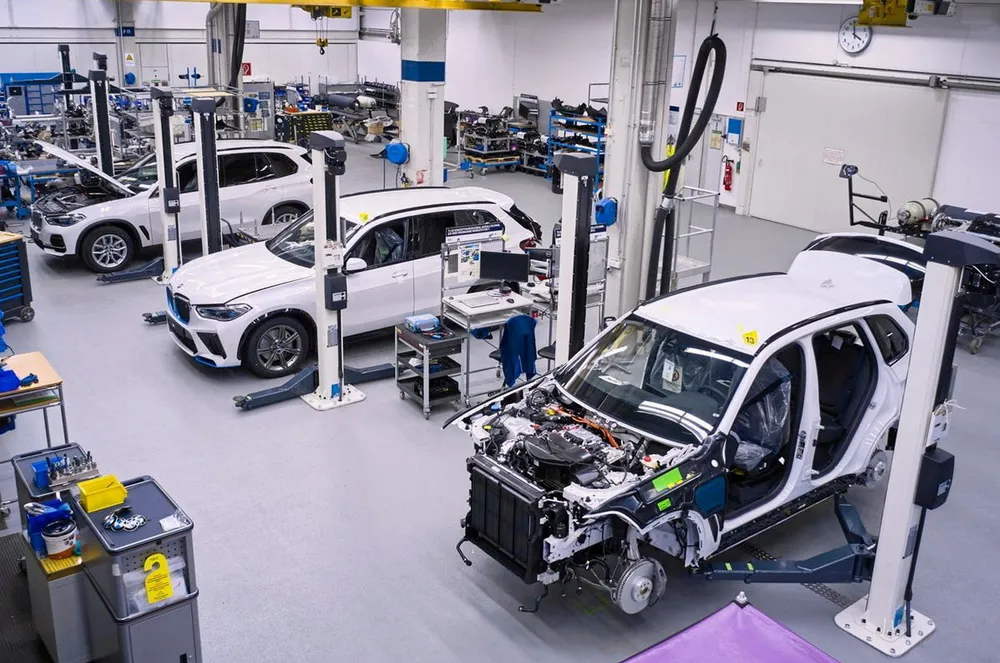BMW begins production of new hydrogen SUV, declaring certainty that fuel-cell cars will become significantly important
Small-scale manufacturing of iX5 in Germany comes soon after CEO stated that H2 cars will be 'the hippest thing to drive'

Small-scale manufacturing of iX5 in Germany comes soon after CEO stated that H2 cars will be 'the hippest thing to drive'
